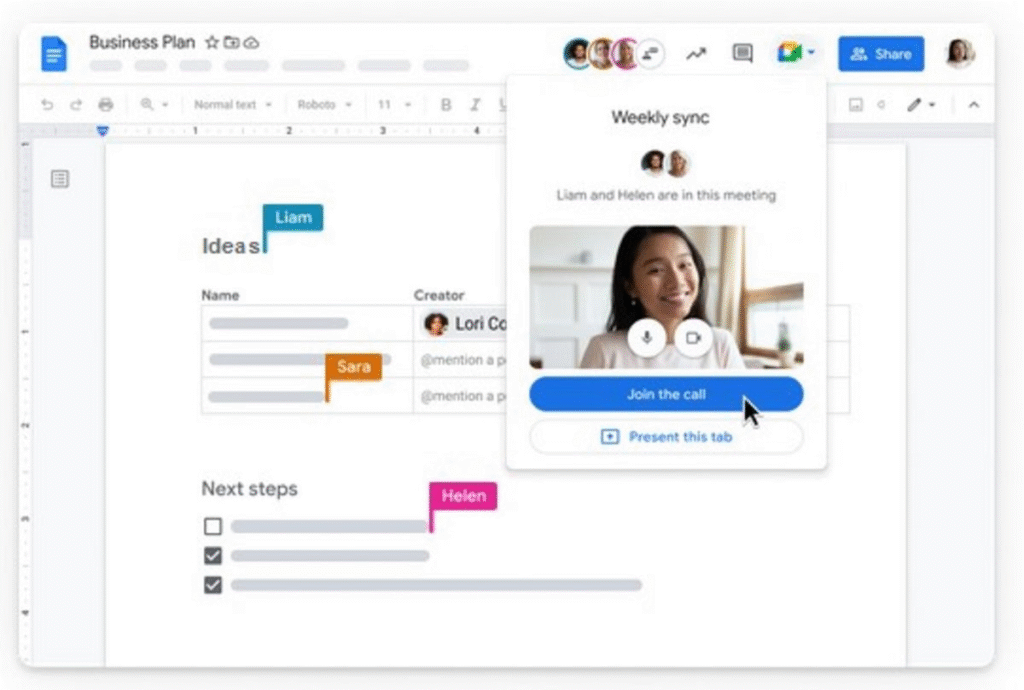In today’s fast-paced, hyper-connected digital landscape, tools like Google Docs have revolutionized how we collaborate, write, and share information. From classrooms to corporate boardrooms, ttps://docs.google.com/document/__pii_deleted__ provides real-time cloud-based editing that has made document collaboration nearly seamless. But along with this convenience comes a growing need for privacy, especially when dealing with sensitive or personally identifiable information (PII).
A curious string of text, “ttps://docs.google.com/document/__pii_deleted__,” has appeared in search logs, system scans, and collaborative documents. While it may seem like a broken or glitched URL at first glance, it represents something significant about how digital documents handle and protect sensitive information in 2025.
In this comprehensive guide, we will break down what this term likely refers to, how it relates to privacy in collaborative platforms like Google Docs, and what best practices users can adopt to manage sensitive data securely.
Understanding the Placeholder: “pii_deleted”
The text ttps://docs.google.com/document/__pii_deleted__can be interpreted as a redacted or anonymized reference to a document that once contained Personally Identifiable Information (PII), but has since had that information removed or flagged by an automated system.
What is PII?
PII stands for Personally Identifiable Information — data that can be used to identify an individual, such as:
- Full names
- Social Security numbers
- Email addresses
- Phone numbers
- Addresses
- Login credentials
- Financial information

To ensure user privacy and comply with regulations such as GDPR, HIPAA, and CCPA, platforms increasingly use machine learning models to detect and redact PII automatically. When a document is scanned or exported, any identified PII might be replaced with a placeholder like __pii_deleted__ to signal the removal of that data.
Why “ttps://” Instead of “https://”?
The presence of the typo-like “ttps://” rather than “https://” at the start of the string could be due to one of several reasons:
- Redacted or corrupted link: The full URL was partially removed for security or formatting reasons.
- Preventing hyperlinking: Systems or authors might intentionally remove the “h” to prevent the string from being a clickable link.
- Placeholder formatting: Developers or automated systems might use “ttps://” to identify that the link has been altered or anonymized.
In essence, “ttps://docs.google.com/document/pii_deleted” might represent a redacted URL pointing to a Google Doc that once contained PII, but is no longer publicly accessible or has had sensitive elements removed.

Why This Matters in 2025
With the rise of remote work, collaborative document sharing, and increased global awareness around data privacy, tools like Google Docs are integrating more robust protections and monitoring mechanisms. Here’s why this trend is critical:
1. Automatic PII Detection
Modern document editing platforms are incorporating AI-powered PII scanners. When such tools detect sensitive information, they may:
- Alert the user
- Mask or redact the information
- Replace it with a placeholder like ttps://docs.google.com/document/__pii_deleted__
2. Compliance with Global Privacy Laws
Organizations are under pressure to comply with strict privacy regulations. Failing to protect PII in shared documents can lead to:
- Legal penalties
- Loss of customer trust
- Data breaches
3. Audit and Forensics
In incident investigations or audit trails, redacted URLs and markers such as ttps://docs.google.com/document/__pii_deleted__ help document that sensitive information was handled or sanitized appropriately.
Common Use Cases of __pii_deleted__ Markers
• In Logs and Search Queries
When automated systems scan public documents or user search queries for security purposes, any identified sensitive data may be replaced by ttps://docs.google.com/document/__pii_deleted__ to avoid logging personal data.
• In Redacted Reports
Companies sharing reports publicly may redact internal documents and display these placeholders to indicate removed PII without compromising transparency.
• In Collaborative Workspaces
Shared documents in teams may include placeholders when a document is scrubbed to be shared externally — ensuring employees don’t accidentally leak internal data.

Best Practices for Managing PII in Google Docs (2025)
To prevent your documents from ending up with a ttps://docs.google.com/document/__pii_deleted__ flag, follow these best practices:
1. Use Privacy Add-Ons
Install document extensions or add-ons that automatically scan and alert you of any potential PII before sharing documents.
2. Enable Sensitivity Labels
Use built-in tools (now common in enterprise suites) to tag documents with sensitivity labels such as “Confidential,” “Internal Only,” or “Public.”
3. Avoid Sharing Editable Links Publicly
Instead of using “Anyone with the link can edit,” assign document access only to specific verified users.
4. Redact Before Sharing
Manually check documents for sensitive information before sharing, or use AI-based redaction tools that highlight and allow you to remove PII.
5. Monitor Document History
Use version history and audit trails to ensure no sensitive information was accidentally added or shared during collaboration.
Conclusion
The string “ttps://docs.google.com/document/__pii_deleted__” is more than just an odd URL or technical glitch — it reflects a growing ecosystem of digital privacy safeguards built into the tools we use daily. As collaboration becomes more fluid and documents are shared across continents in real-time, ensuring the protection and proper handling of PII is critical.
In 2025, understanding what placeholders like ttps://docs.google.com/document/__pii_deleted__ signify is part of digital literacy. Whether you’re a writer, manager, student, or IT admin, knowing how your tools protect sensitive information — and how to work with those features responsibly — is essential for thriving in the digital age.






